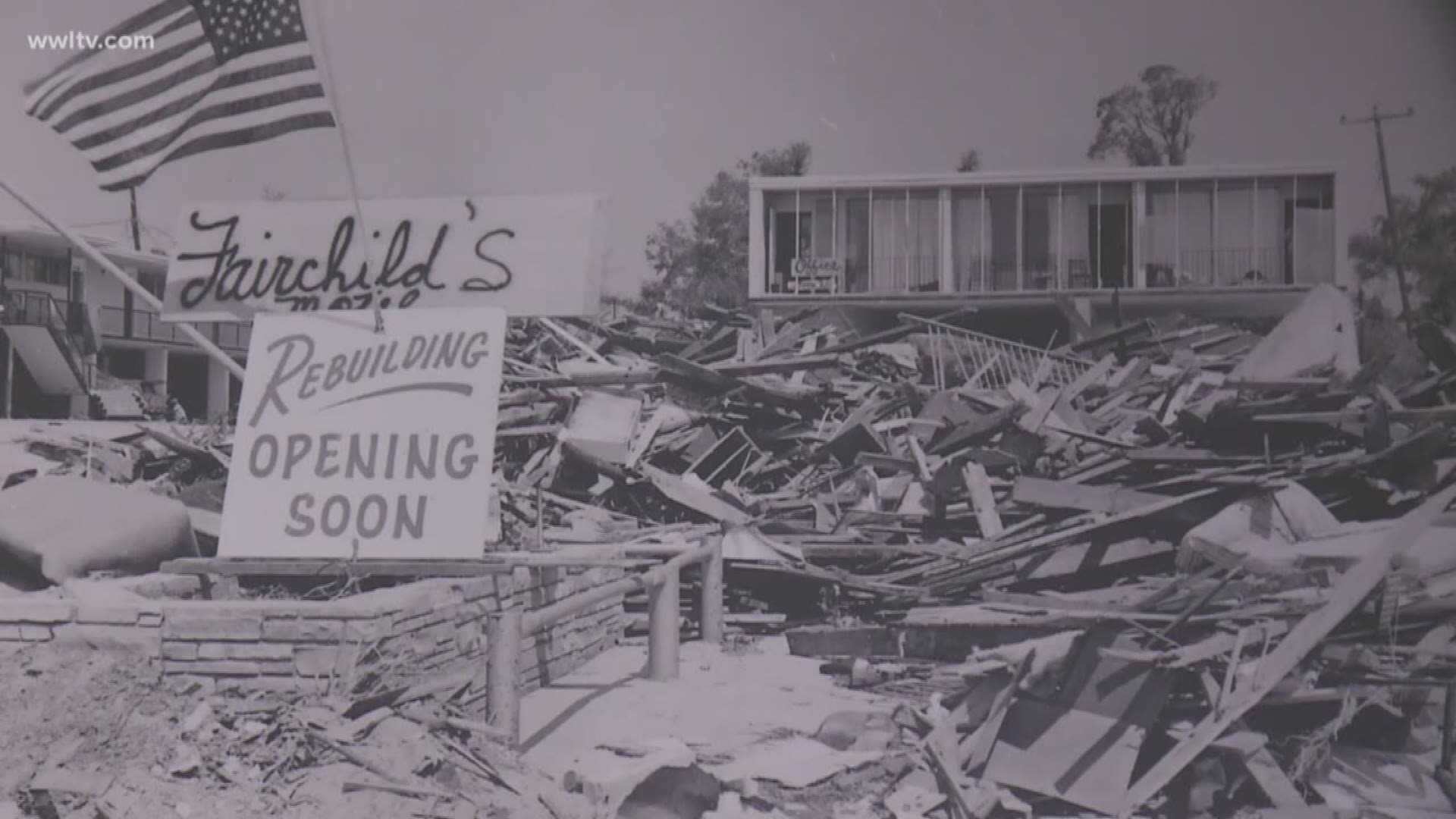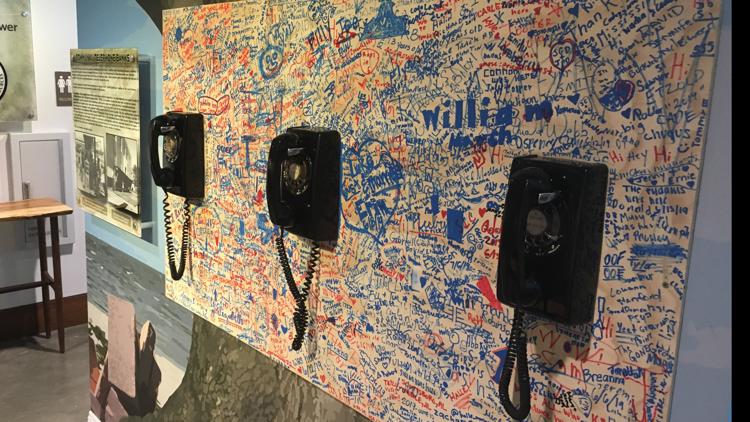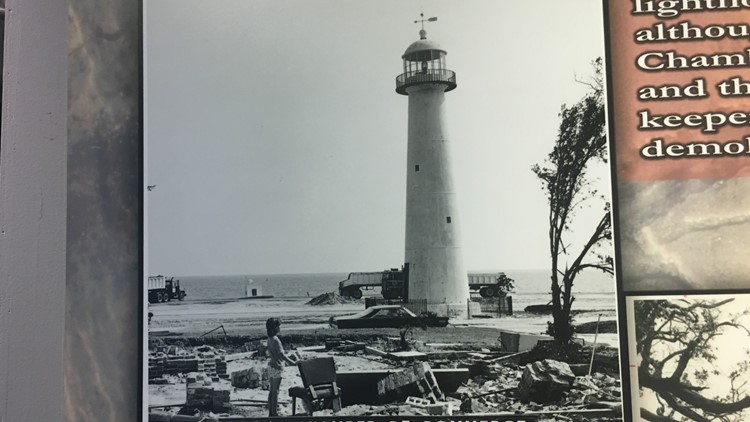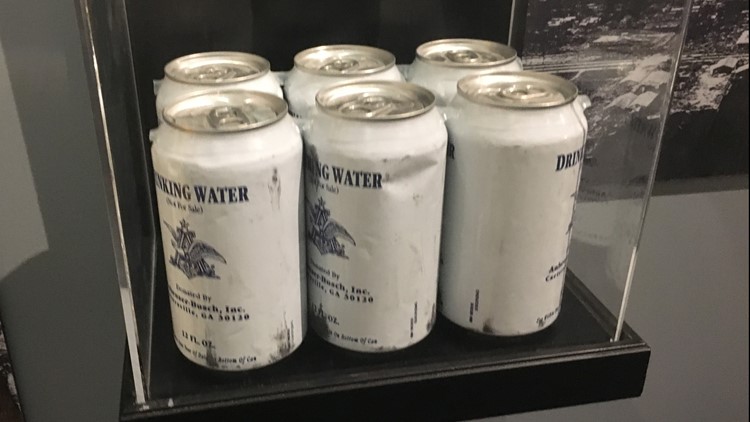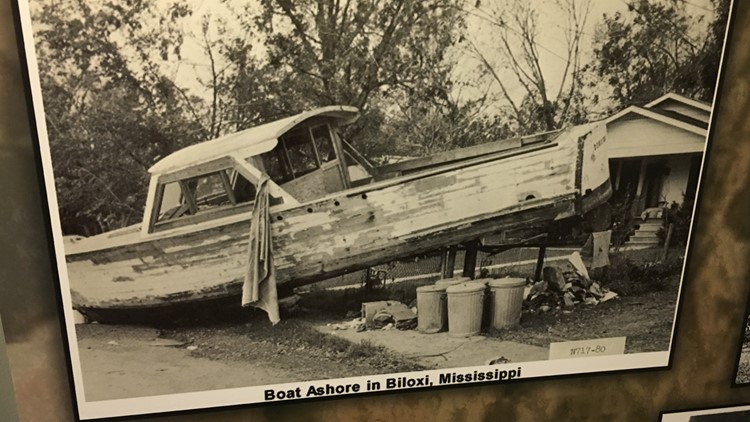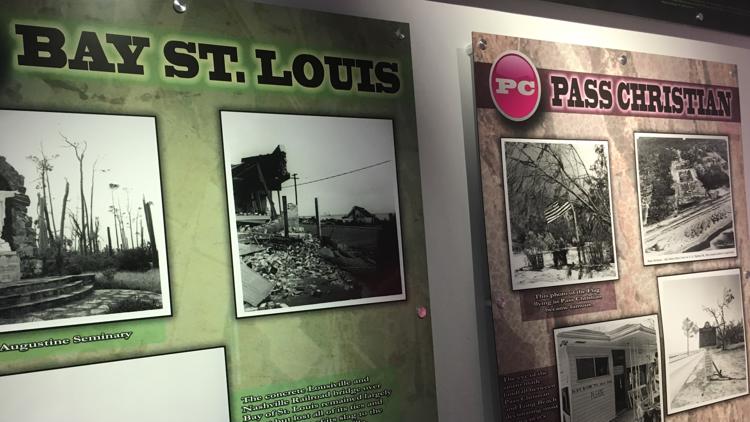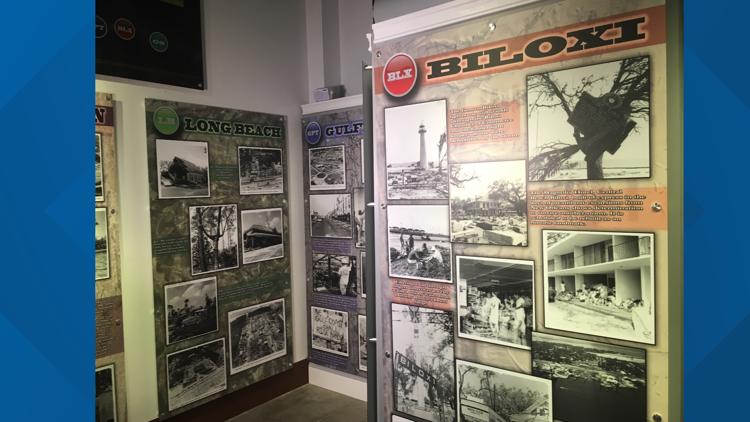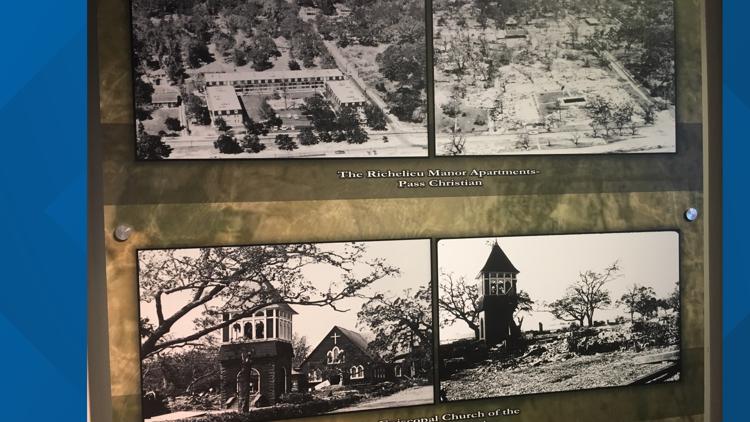BILOXI, Miss — On this hot, summer day, the Biloxi beach is inviting and the water you hear at the Hurricane Camille memorial, almost calming. 50 years ago, it was anything but.
People all along the Mississippi Gulf Coast were bracing for Camille's landfall. In reality, nothing could have prepared people in south Mississippi for what was to come. The storm made landfall Aug. 17, 1969.
The category 5 hurricane's winds were so strong they broke most of the wind recording devices, although one reading put them at 175 miles per hour. Others say those winds topped 200 miles per hour. 24-foot seas in some areas caused massive destruction that people spent decades trying to describe.
On the scene in Biloxi in the days after, Channel 4 anchor Bill Elder tried to describe it this way: "This scene on the Mississippi Gulf Coast is almost like an endless nightmare, almost like an endless one act play with a macabre ending."
The storm's winds and flooding claimed more than 256 lives in Mississippi and elsewhere.
"It was like World War III. Landmarks were gone. South of the railroad tracks was just disaster area. Katrina looked the same way. Katrina looked the same way," Ed Blakeslee said.
Blakeslee lived north of the strike zone, in Laurel, but was sent south for his job with the Mississippi Power company.
50 years later, as he looks at photos in this new exhibit at the Maritime and Seafood Industry Museum in Biloxi, it brings everything back..
"It just changed the coast. All the old homes that you used to see, destroyed a lot of them and then what was left, Katrina took the rest of them," he said.
The impact was even felt in Louisiana too where wind gusts reached 100 miles an hour in some spots, flooding Plaquemines Parish.
Photos in the exhibit chronicle Camille's wide path of destruction across the coast.
Exhibit chronicles Hurricane Camille on 50th anniversary
"What we've done is we've broken it down by city, we go across the coast, from Bay St. Louis and work our way east and it just shows different destruction and things that were the most iconic. And then we even have some great before and after shots here," said Corey Christy, the museum's director of outreach.
There is also a hands-on exhibit that recreates the phone banks that were set up to give survivors a way to call their loved ones. Now, picking up a phone lets you hear audio of a Camille survivor's story.
Surviving and thriving, even in the face of killer storms like Camille and Katrina (36 years later) is something the Gulf Coast is known for. Christy sees a parallel in one memorable photo.
"One of the photos I love is the Biloxi Lighthouse still standing. It's been through all the storms. It took damage and needed repair and it's still there and I think that's a good symbol of the coast and what we're about."
The exhibit, "Camille at 50: She Was No Lady" is on display through Nov. 30 (the end of hurricane season) at the Maritime and Seafood Industry Museum, 115 1st Street, Biloxi, Miss. Admission is $10. For information, click here.

